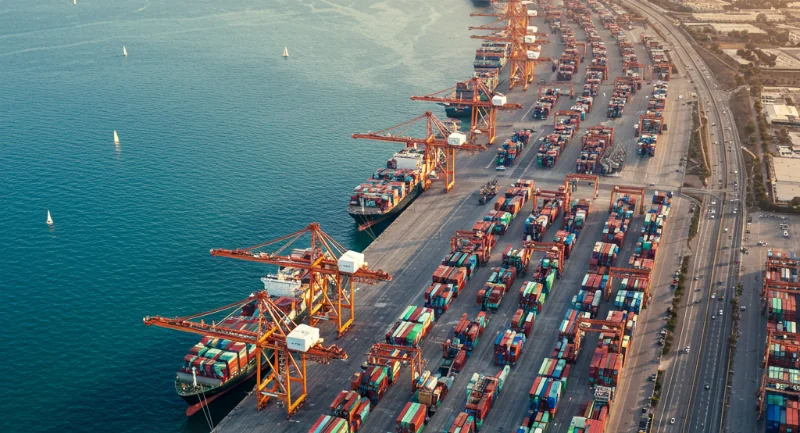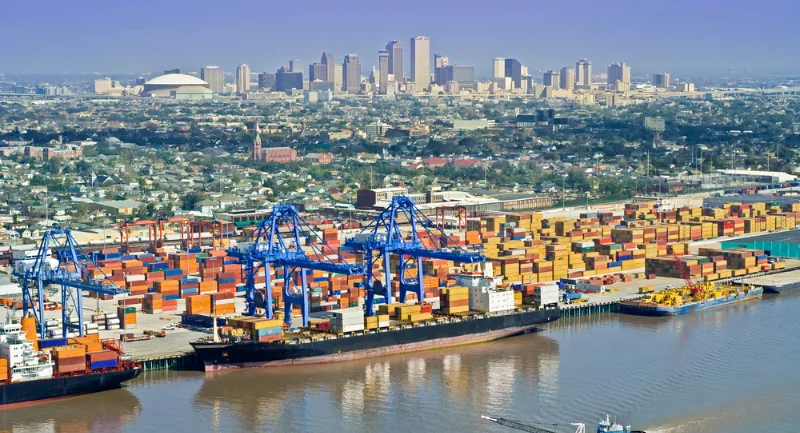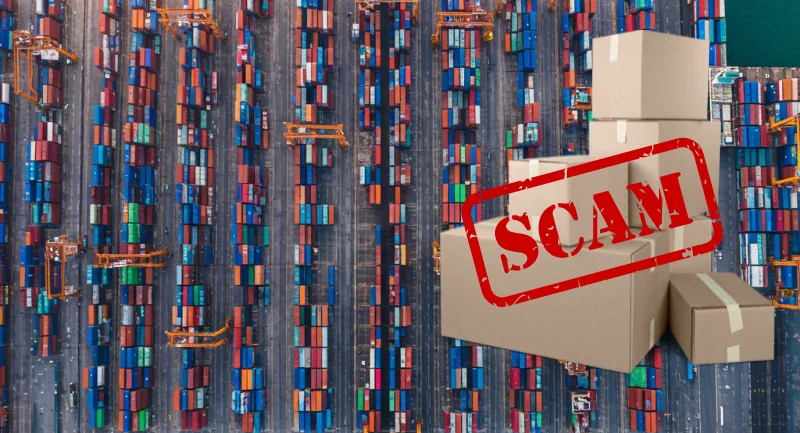Trade Turmoil: Uncertainty Ahead

President Donald Trump signed an executive order Feb. 1 that imposes 25% tariffs on imports from Mexico and Canada, with additional 10% tariffs on goods from China.
While the tariffs on China are still in place, tariffs on Mexican and Canadian imports are paused for 30 days after President Trump held meetings with both leaders. The tariffs were intended to ensure cooperation from the countries on stopping the smuggling of drugs and illegal immigration that have come from their respective borders.
Mexican President Gloria Sheinbaum will reinforce the Mexican border with 10,000 National Guard members, while Canadian Prime Minister Justin Trudeau is implementing a $1.3 billion border plan.
Key Takeaways:
– In March, Mexico and Canada could see 25% tariffs on imports, and 10% on Canadian energy imports.
-China plans to implement 15% tariff on coal and liquefied natural gas products, 10% tariff on crude oil, large-engine cars, and agricultural machinery, Feb. 10.
Economic Impact:
-U.S. consumers could see price increases on gas, groceries, and other commodities.
Specific items that could see a price increase next month include:
– Cars & Auto Parts
– Avocados
– Lumber
– Oil
– Maple Syrup
Strategic Approach:
– Business can consider nearshoring or reshoring production.
– Optimize inventory management
– Analyze cost structures
– identifying new suppliers, negotiating contracts, and adjusting logistics networks.
Source: https://www.ttnews.com/articles/trump-pauses-mexico-tariffs
Port of Los Angeles Plans For Improvements

In 2024, the Port of Los Angeles saw a record number of 10.3 million units moved, the largest incremental gain that the port has ever seen and its second-best year ever. Even in the midst of success, the port is only running at 80% capacity, meaning it still has room to grow.
Fueled by grants, the Port of Los Angeles saw many infrastructure projects put into place, with many more in store for 2025.
Among the many developments, the port will see a Goods Movement Training Facility, Phase 2 of a Universal Truck Appointment System, and upgrades to scale up battery electric equipment. The port will also continue to work on sustainability and maritime initiatives with other ports.
Key Takeaways:
– Total traffic in December was 921,617 TEUs
– Loaded imports totaled 460,916 TEUs
– Loaded exports totaled 110,484 TEUs.
– Aiming to deploy the world’s first zero-carbon container ship by 2030.
Economic & Future Outcomes :
– Infrastructure projects in 2024 assisted by $60 million in federal money from U.S. Army Corps of Engineers’ Harbor Maintenance Trust Fund.
– $16 million Maintenance and Repair Training Center on Terminal Island.
– $412 million EPA grant for ZE equipment and terminal upgrades.
– Plans to deploy 250 ZE trucks and replace dockside diesel equipment with 424 ZE units, along with 300 charging stations. Port is aiming for zero greenhouse gas emissions, which have dropped 24% since 2005.
– $100 million for San Pedro Bay ports for the Hydrogen Hub project.
– $8 million Advanced Cargo-Handling Demonstration Project for Yusen Terminals and Everport.
– Partnership with Los Angeles Department of Water and Power to ramp up electrical capacity through a $500 million equipment upgrade.
FMCSA Study Roadside Warnings

The Federal Motor Carrier Safety Administration will be conducting an experimental study to determine whether warning devices meaningfully affect how people drive around a parked or disabled commercial vehicle.
Presently there are regulations on how and where devices must be placed in relation to a disabled truck based on road and traffic conditions at the breakdown site, but it’s unclear how effective they are. The FMCSA plans to use eye-tracking technology and GPS location in a controlled experiment at a driving research facility to collect data.
Key Takeaways:
– Study will collect data from 256 drivers.
– Test the effectiveness of current deployed warning devices and alternative devices.
Industry Improvements:
– Increased safety for truckers and drivers.
– Implementation of new technology.
EPA Grants $1M For Louisiana International Terminal

The Port of New Orleans has been awarded $1m from the Environmental Protection Agency for its Louisiana International Terminal Sustainability Management Plan.
The terminal will be built 17 miles downriver from the Crescent City Connection bridge in Violet, LA, aiming to reduce greenhouse gas emissions and create local jobs to boost the economy. The LIT will be built through a partnership between two private terminal operators and Port NOLA. The LIT is in the federal permitting process, but construction is expected to begin later this year.
Key Takeaways:
– Louisiana’s import and export capacity will increase.
– Container-on-barge and intermodal services will expand.
– Will be built to achieve significant reduction in greenhouse gas emissions through envision framework.
Economic Impact:
– 32,000 new jobs nationwide by 2050
– 18,000 in the state of Louisiana
– More than $1 billion in new state and local tax revenue
Source: https://www.bicmagazine.com/industry/investment-banking/port-of-new-orleans-awarded-1m-epa-grant/
$200M In Counterfeit Goods Seized

Who’s Involved:
9 individuals are involved, including logistics executives, warehouse owners, and truck drivers. Eight people have been arrested, and a ninth is a fugitive.
Case details:
– The seized contraband includes counterfeit perfume, clothes, shoes, and handbags.
– Out of the eight individuals arrested, all of have pleaded guilty while one is awaiting arraignment. They are being charged with conspiracy, smuggling, and breaking custom seals.
– Each defendant faces up to five years in federal prison on each conspiracy count, up to 10 years for each count of breaking seals, and up to 20 years on each smuggling count.
– A trail date is set for March 18.


